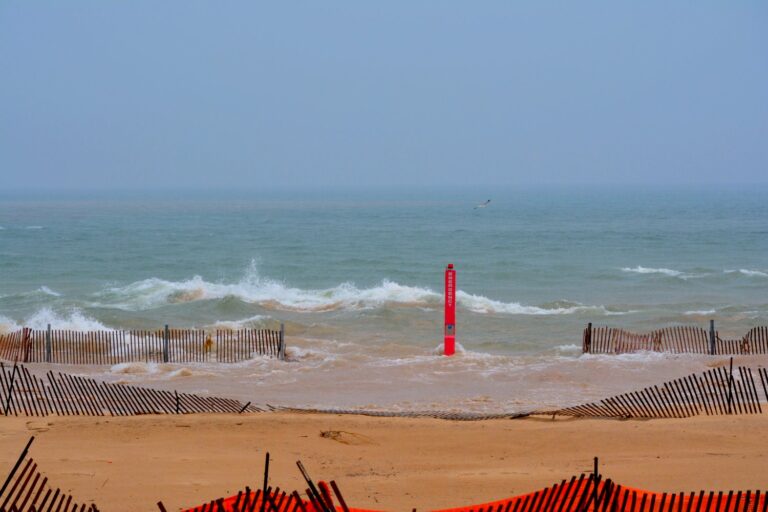A series of new papers by NOAA research scientists has revealed how existing NOAA numerical weather prediction models and hydrodynamic forecast models may enable scientists to better predict meteotsunamis.
The findings follow NOAA research, which looked at an event on April 13, 2018, where a large wave of water surged across Lake Michigan and flooded the shores of Ludington, Michigan. NOAA scientists used local images and data to reconstruct the event in models and determined that it was the first-ever documented meteotsunami in the Great Lakes caused by an atmospheric inertia-gravity wave.
According to NOAA, an atmospheric inertia-gravity wave is a wave of air that can run from 6-60 miles long. It is created when a mass of stable air is displaced by an air mass with significantly different pressure. This sets in motion a wave of air with rising and falling pressure that can influence the water below.
Meteotsunamis generated from this type atmospheric condition are common around the globe, but in the Great Lakes, the few well documented meteotsunamis have been driven by sudden severe thunderstorms where both winds and air pressure changes have played significant roles.
The NOAA research has been published in a special issue of the journal Natural Hazards. The research based on the Ludington wave demonstrates that existing NOAA numerical weather prediction models and hydrodynamic forecast models may enable scientists to predict these meteotsunami-driving atmospheric waves minutes to hours in advance.
“The good news with this type of meteotsunami is that it is easier to predict than ones triggered by thunderstorms,” said Eric Anderson, an oceanographer at NOAA’s Great Lakes Environmental Research Laboratory and lead author of the study. “Our short-range weather models can pick up these atmospheric pressure waves, whereas predicting thunderstorms is more difficult.”



